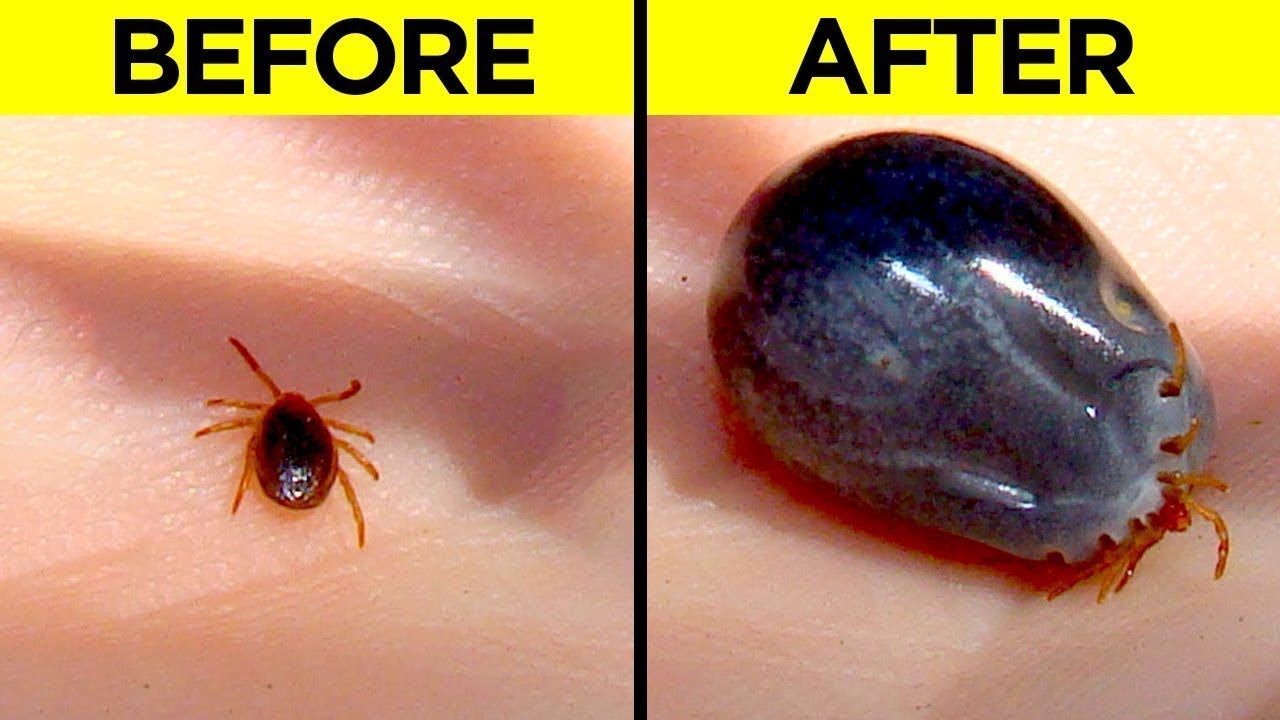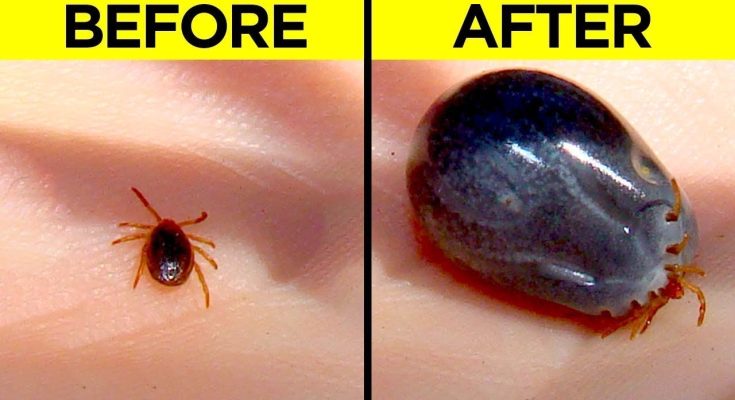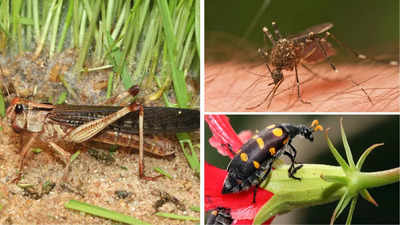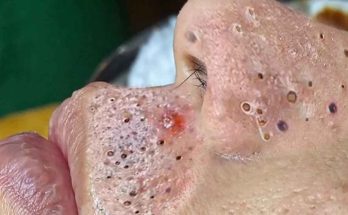10 most deadliest insects in the world

Read More
Insects are often seen as small, harmless creatures, but some are among the deadliest animals on Earth. Many insects, like locusts, cause agricultural destruction on a massive scale, while other venomous insects, like fire ants and assassin caterpillars, pose immediate physical dangers.
Carriers like mosquitoes and kissing bugs transmit fatal diseases such as malaria and dengue diseases. Other harmless species, like blister beetles, have been involved in deadly incidents. These insects have been involved in shaping human history, from life-threatening plague to inhibiting colonisation efforts in Africa. Here is a list of some of the most dangerous insects in the world and the potentially fatal impact they can have on humans.
Most dangerous insects in the world
Blister beetles
Blister beetles produce a toxin known as cantharidin, which can cause skin blistering in humans. Historically, cantharidin has been used in folk medicine, believed to treat warts and even rabies, and was notably used as an aphrodisiac.
Locusts
Locusts, while essentially a type of grasshopper, can have devastating effects when they swarm. Under specific conditions, they can gather in massive numbers, ravaging fields and destroying crops within minutes. These swarming events occur after a drought, followed by rapid rainfall that leads to abundant vegetation. The drought forces locusts together onto the remaining plants, while the subsequent food availability triggers rapid breeding, creating a catastrophic scenario.
Assassin caterpillar
Ranking eighth is the aptly named assassin caterpillar, known as one of the deadliest caterpillars in the world. Its toxicity comes from venomous bristles that serve as a defence against predators. When these bristles pierce the skin, venom is injected, disrupting the blood’s ability to clot due to its anticoagulant properties. Symptoms include intense burning, vomiting, kidney failure, internal bleeding, and, in rare cases, death.
Fire Ants
Fire ants, belonging to the genus Solenopsis, can also be deadly, primarily through anaphylaxis in allergic individuals. These aggressive ants bite and inject a potent venom that can cause severe allergic reactions, leading to fatalities for those who are sensitive. For most people, however, a sting results in a painful burning sensation and raises pustules at the site.
Asian Giant Hornet
Often referred to as the “murder hornet,” the Asian giant hornet is the largest wasp species and has sparked concern about its potential establishment as an invasive species in the UK and USA. While these hornets can pose dangers to humans similar to honeybees, their primary threat lies in their ability to destroy honey bee colonies. They eliminate worker bees and invade hives to consume larvae, causing significant ecological disruption.
Bees and Wasps
Among insects, the Hymenoptera order, which includes bees, wasps, and ants, accounts for numerous fatalities. For individuals with severe allergic reactions, bee stings can be fatal, with around ten reported deaths annually in the UK from reactions to bee or wasp stings.
Kissing Bugs
Kissing bugs, primarily found in the Americas but also present in parts of Africa and Asia, feed on vertebrate blood and can transmit harmful pathogens. They carry the Trypanosoma cruzi parasite, responsible for Chagas disease, which infects approximately 6–7 million people globally and causes around 10,000 deaths annually.
Fleas
Fleas are notorious historical disease carriers, notably transmitting the bubonic plague, which claimed over 25 million lives in 14th-century Europe. Their efficiency as disease vectors has even led to their use in biological warfare; during World War II, Japanese forces air-dropped plague-infected fleas on Chinese cities.
Tsetse Fly
The Tsetse fly ranks second among the deadliest insects due to its role in spreading sleeping sickness, a disease caused by a single-celled parasite. Symptoms of sleeping sickness include fever, severe headaches, seizures, and disruptions to the sleep cycle, and without treatment, it can be fatal.
Mosquito
Topping the list of deadliest insects is the mosquito, particularly the females of the Anopheles genus. Mosquitoes are responsible for more human deaths annually than any other animal, primarily due to the parasites, bacteria, and viruses they transmit through their bites. They spread a variety of lethal diseases, with malaria being the most deadly, claiming an estimated 619,000 lives in 2021 alone.




